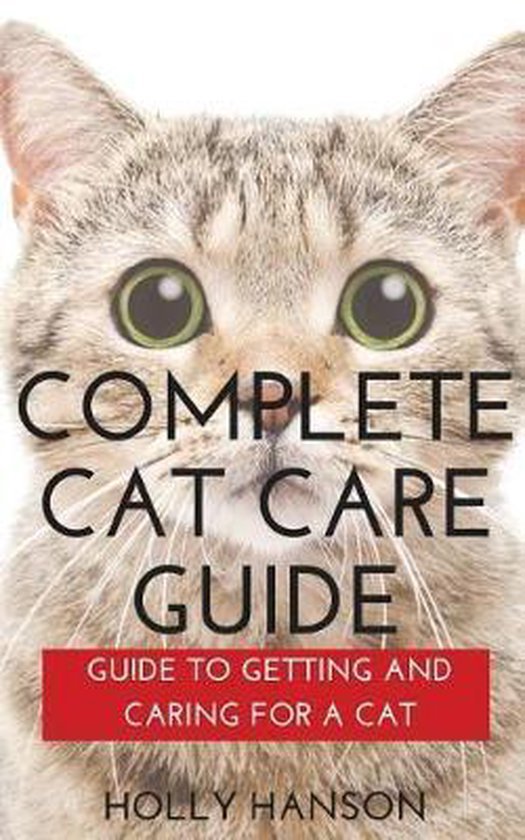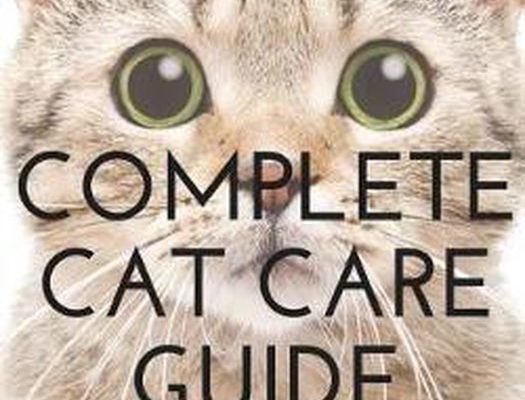
You might be wondering where to start, right? Just like making a big meal, we’ll break things down into simple steps. Whether you’re a new cat owner or looking to brush up on your skills, this guide will walk you through everything you need to know about cat care. Let’s get started so your little buddy can thrive!
Understanding Cat Nutrition: What to Feed Your Cat
Cats are obligate carnivores, meaning they thrive on a diet rich in meat. But here’s the kicker: not all cat foods are created equal. You might find options ranging from the budget-friendly grocery brands to premium, grain-free formulas. It’s essential to understand the differences. A good cat food should have high-quality protein as the first ingredient, like chicken, turkey, or fish.
When selecting food, consider your cat’s age, weight, and health. Kittens need more calories and specific nutrients for growth, whereas older cats might require lower-calorie options to maintain a healthy weight. Pay attention to portion sizes, as most cat foods provide guidelines based on your cat’s weight. Here’s a quick overview of different types of cat food:
- Dry kibble: Convenient and helps reduce dental tartar.
- Wet food: Higher moisture content; great for hydration.
- Raw diet: Some owners opt for raw food, but it requires careful handling and balance.
You might also want to look at treats. Just like us, cats enjoy a little snack now and then. However, moderation is key to prevent obesity. As you shape your cat’s diet, keep an eye on their reaction to different brands and types of food. Cats can be picky, and what works for one might not work for another.
Setting Up the Perfect Litter Box
The litter box is like your cat’s bathroom, and keeping it clean is crucial for their happiness and hygiene. It’s not just about having a box; it’s about having the right box in the right spot. Cats are creatures of habit, so placing the litter box in a quiet, accessible area is ideal. Avoid high-traffic zones or loud places where they might feel stressed.
When it comes to litter, you’ll find various options: clumping, non-clumping, clay-based, or natural. Cats usually prefer a finer texture that’s easy on their paws, and clumping litter can help contain messes. Here’s a simple guideline to follow:
- Clean regularly: Scoop the box daily and change the litter weekly.
- Use the right depth: Aim for about 2-3 inches of litter.
- Consider multiple boxes: If you have more than one cat, provide a box per cat plus one extra.
If your cat is suddenly refusing to use the litter box, it might be worth checking for issues such as cleanliness, a health problem, or stress factors in their environment. A clean litter box can make all the difference in keeping your cat happy and healthy.
The Ins and Outs of Grooming Your Cat
Grooming is an essential part of cat care, even if they don’t always seem to appreciate it. Regular grooming can help reduce shedding and hairballs while keeping their coat in top-notch condition. For short-haired cats, brushing them once a week is usually sufficient, while long-haired cats may need daily brushing to prevent tangles and mats.
When grooming your cat, be mindful of their comfort. Use a gentle brush or comb, and pay attention to areas they might be more sensitive about, like their stomach or paws. If your cat seems stressed or resistant, try to create a calm environment—perhaps with treats or quiet music in the background. Here are some key tips:
- Introduce grooming gradually: Start with just a few minutes and gradually increase the time.
- Check for mats: If you find knots, take your time to gently work them out or use scissors with caution.
- Look for other health issues: Grooming is also a good way to check for skin problems, lumps, or parasites.
And let’s not forget about nail trimming! Regularly checking and trimming your cat’s nails can prevent overgrowth and potential scratching. If you’re unsure how to trim nails, consider asking your vet or a professional groomer for guidance.
Engaging Your Cat: The Importance of Play
Cats are natural hunters, and engaging them in play is essential for both their physical and mental well-being. Playtime mimics their instinct to hunt, providing exercise and stimulation. Think of it as their version of a workout session! You don’t need to break the bank on toys; even simple things like laser pointers, feather wands, or crumpled paper can spark their interest.
Set aside a few minutes each day to play with your cat. Rotate toys to keep their interest piqued. For instance, one week you might focus on interactive toys, and the next, you could bring out some balls or catnip-filled mice. Here are some playtime ideas:
- Interactive play: Use toys that require you to engage directly, like wands or strings.
- Self-play: Provide toys they can use on their own to keep them entertained when you’re busy.
- Hide and seek: Hide treats around the house to encourage exploration and natural hunting behavior.
If you notice your cat is less interested in play, it could be a sign of health issues or boredom. Keeping your cat active can help prevent obesity and enhance their overall mood.
Creating a Safe and Enriching Environment
Cats are curious creatures, so it’s crucial to create a safe and enriching home environment. Think of your home as their playground, where they can explore and express their instincts. Start by cat-proofing your space—remove toxic plants, secure loose cords, and keep items like small objects or chemicals out of reach.
Consider providing climbing structures, like cat trees or shelving, to give your cat vertical space. Cats love to perch high and survey their territory. A cozy spot by the window where they can watch the world go by is also a hit. Other tips to enrich your cat’s environment include:
- Scratching posts: Encourage healthy scratching habits with various textures.
- Hiding spots: Create cozy spaces where they can retreat and feel secure.
- Interactive feeders: Use puzzle feeders to stimulate their minds during mealtime.
By setting up a stimulating environment, you can keep your cat happy and mentally engaged, reducing the chance of unwanted behaviors born from boredom.
Regular Vet Visits: Why They Matter
Just like humans, cats need regular check-ups for optimal health. Yearly vet visits help catch any potential issues early. You might be wondering why it matters so much, but routine exams can detect diseases or problems that aren’t obvious, like dental disease or kidney issues.
During these visits, your vet will typically handle vaccinations, dental checks, and weight assessments. Depending on your cat’s age and health, they may also recommend specific tests or treatments. Here’s what to keep in mind about vet visits:
- Vaccinations: Ensure your cat is up to date on necessary vaccinations.
- Spaying or neutering: This can prevent certain health issues and help control the feline population.
- Monitoring health: Discuss any behavioral changes or health concerns you may have noticed.
Staying proactive about your cat’s health can lead to a longer, happier life together.
Wrapping It All Up
Caring for a cat involves a mix of feeding, grooming, play, and regular vet visits. By understanding your cat’s needs and creating a nurturing environment, you’ll foster a strong bond and ensure their happiness. Remember, every cat is unique, so take the time to learn what works best for your furry friend.
As you embark on this cat care journey, stay observant and be ready to adapt to their individual quirks. Your efforts will not only enhance their quality of life but also deepen the joy and companionship you share. Happy cat parenting!

